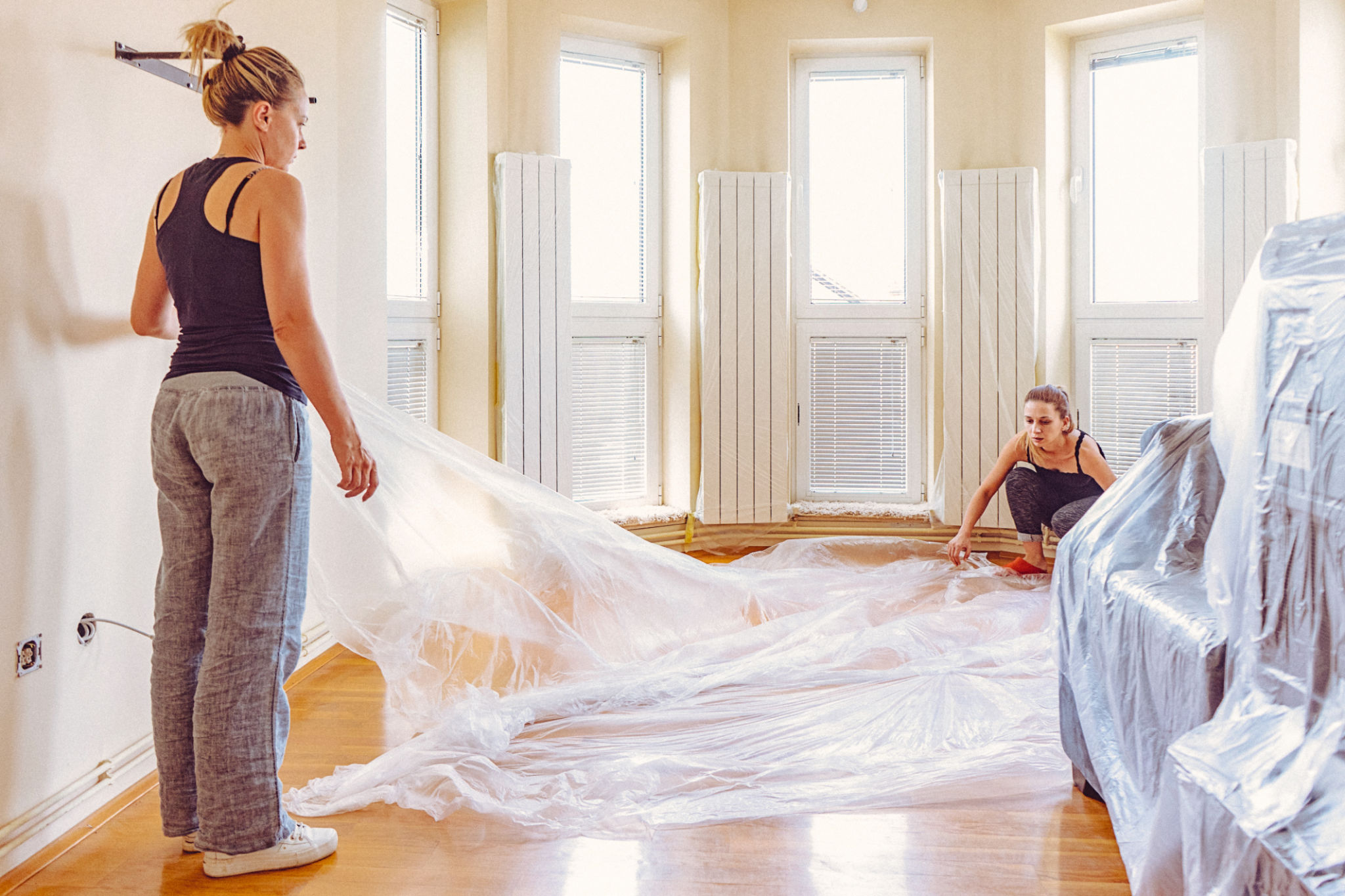Insider Tips from Ottawa's Expert Painters: Achieving a Professional Finish
OP
Preparing Your Space
Achieving a professional finish in your painting project starts long before you open the paint can. The first step is to prepare your space meticulously. This includes moving furniture out of the way and protecting floors and fixtures with drop cloths or plastic sheeting. Removing outlet covers and taping off edges with painter's tape will also save time and ensure clean lines later.
Another important aspect of preparation is ensuring that the surfaces you're painting are clean and smooth. Scrub away any dirt, grease, or dust, and sand down rough spots. This will help the paint adhere better and result in a smoother finish.

Choosing the Right Tools
Professional painters know the importance of selecting the right tools for the job. Investing in high-quality brushes and rollers can make a significant difference. Brushes come in various shapes and sizes, each designed for different tasks, such as cutting in edges or painting larger surfaces. Rollers, on the other hand, are ideal for covering wide areas quickly.
It's also important to choose the right roller nap based on the texture of your walls. For smooth surfaces, a short nap roller will work best, while a thicker nap is needed for textured walls. Don't forget to have a sturdy ladder and a paint tray on hand to streamline the process.

Selecting the Perfect Paint
Choosing the right paint is crucial for achieving a professional finish. Consider both the color and the finish. Matte finishes are great for hiding imperfections, but they can be harder to clean. Eggshell and satin finishes offer a balance between durability and aesthetic appeal, making them popular choices for living spaces.
Darker colors may require more coats to achieve even coverage, so factor this into your planning. It's also wise to test paint samples on your walls to see how they look under different lighting conditions before committing to a full purchase.

Mastering Painting Techniques
Once you've prepared your space, selected your tools, and chosen your paint, it's time to focus on technique. Start by cutting in around edges and corners with a brush before using a roller on larger surfaces. This ensures that every area is covered evenly without missing any spots.
When using a roller, apply paint in an overlapping "W" pattern to distribute it evenly. This technique helps to avoid streaks and ensures consistent coverage. Additionally, don't overload your brush or roller with paint; a moderate amount will provide better control and reduce drips.
Pay Attention to Drying Times
Drying times are crucial for achieving a professional finish. Allow each coat of paint to dry thoroughly before applying the next one. Typically, waiting at least two to four hours between coats is recommended, though this can vary based on humidity and temperature.
If you're painting multiple rooms or surfaces, consider working on them in stages to maximize efficiency without compromising drying times. Patience during this step will result in a more polished end product.

Final Touches and Clean-Up
Once you're satisfied with the paint application, it's time for final touches and clean-up. Carefully remove painter's tape while the paint is still slightly tacky to avoid peeling. Inspect your work for any missed spots or touch-ups that may be needed.
Finally, clean your brushes and rollers thoroughly if you plan to reuse them. Proper cleaning will extend their lifespan and maintain their quality for future projects. Dispose of any leftover paint responsibly by following local waste disposal guidelines.
Consulting with Professionals
If you find yourself overwhelmed or unsure at any point during your painting project, don't hesitate to consult with professional painters. Their expertise can provide guidance, recommendations, or even hands-on assistance to ensure that you achieve the desired result.
Professionals can also offer insights into color trends, innovative techniques, and high-quality materials that might not be readily available in standard retail stores.

